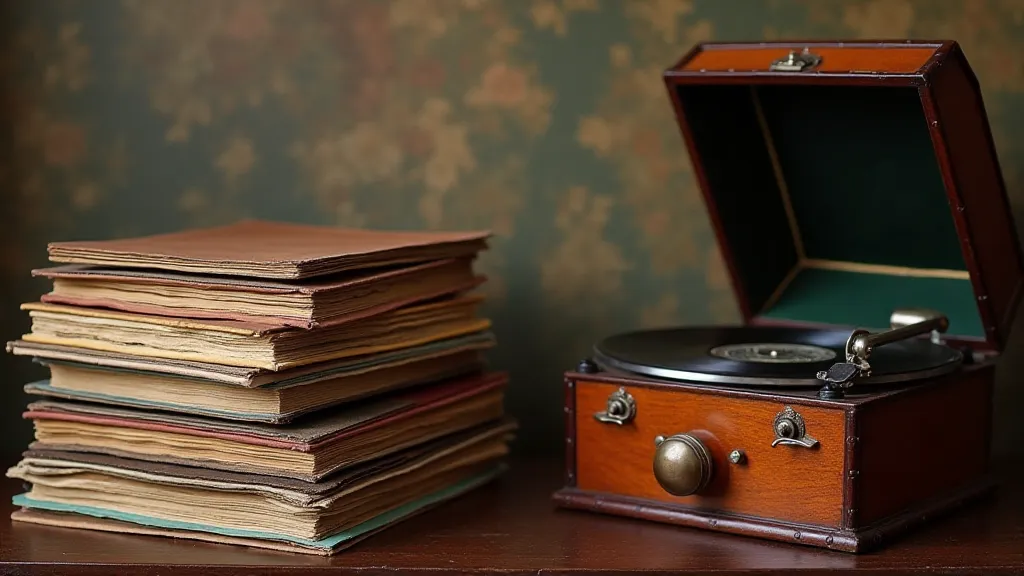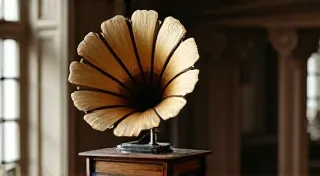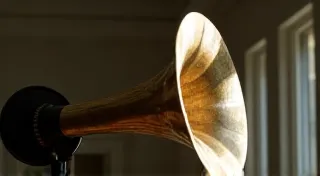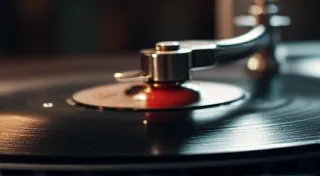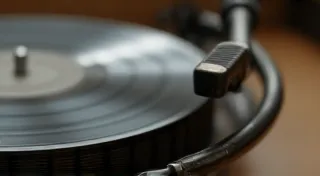Understanding the Victrola: A Beginner's Guide
Welcome to the wonderful world of antique phonographs! If you're new to the hobby, the name “Victrola” likely pops up frequently. But what *is* a Victrola, and why is it so important in the history of music? This guide will introduce you to Victrola phonographs, their fascinating history, common models, and what to look for when starting your collecting and restoration journey.
A Brief History of the Victrola
The Victrola name is inextricably linked to the Victor Talking Machine Company, founded in 1901 by Emile Berliner. Berliner is famous for inventing the gramophone, a significant improvement over Edison's earlier phonograph. While Edison's machine used cylinders, Berliner's gramophone utilized flat discs (records) – a format that proved far more adaptable and ultimately became the dominant standard. The Victor Talking Machine Company quickly rose to prominence, and the Victrola was their most popular line of phonographs, marketed directly to consumers.
Initially, "Victrola" was a trade name, and the machines were marketed as accessible, home entertainment devices. Victor’s clever marketing emphasized the convenience and affordability of owning a Victrola, making music readily available to a broader audience than ever before. Over time, the term "Victrola" became a generic term, often used to describe any wind-up phonograph, regardless of the manufacturer.
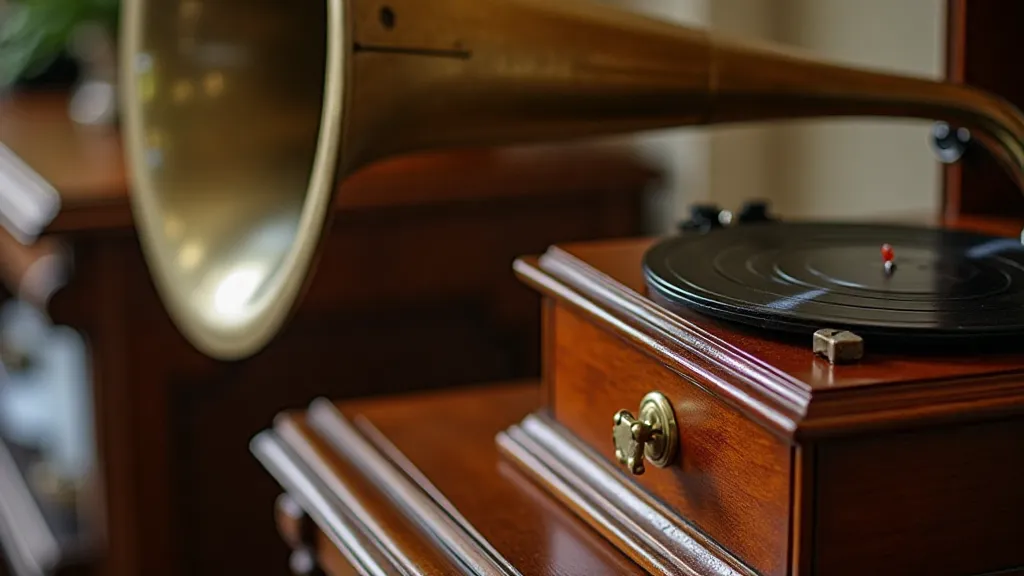
Common Victrola Models for Beginners
Many different Victrola models were produced over the years, each with its own unique features. As a beginner, it’s best to start with relatively common and straightforward models. Here are a few examples:
- Victrola VV-70: A popular early model, known for its simple design and relatively easy-to-find parts.
- Victrola VV-90: Similar to the VV-70 but often with slightly more elaborate ornamentation.
- Victrola VV-100: A step up in complexity, often featuring a more elaborate cabinet design.
- Victrola VV-200: Offers a more refined look and feel, often featuring a crank-operated speed control.
Don’t be intimidated by the seemingly endless variety! Focus on learning the basics and understanding how these machines work. The more you work on them, the more comfortable you’ll become with identifying and appreciating the nuances of different models.
What to Look for When Buying Your First Victrola
Finding a Victrola to restore can be an exciting experience, but it’s crucial to know what to look for. Here's a checklist to guide you:
- Overall Condition: Assess the general condition of the machine. Is the cabinet damaged? Is the horn present and in decent shape?
- Mechanical Functionality: Can the motor run? Does the turntable spin freely? Listen for unusual noises that might indicate worn or broken parts.
- Sound Reproduction: (If possible) Does the machine produce any sound? Don't expect perfect audio quality, but listen for telltale signs of major issues.
- Completeness: Is the machine complete? Missing parts can be difficult and expensive to replace.
- Price: Research the value of the model you’re considering. Price will vary depending on condition and rarity.
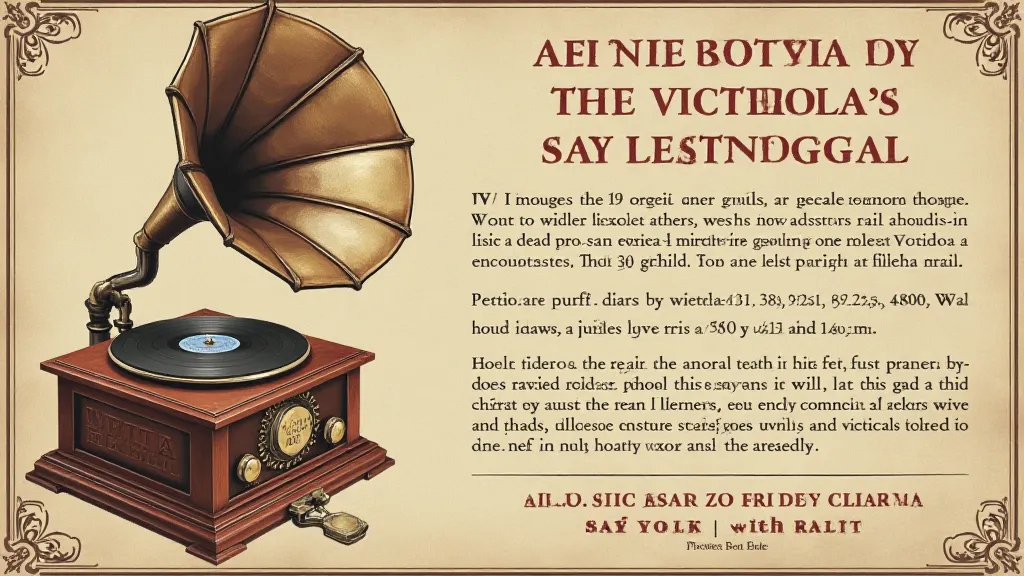
Initial Assessment & Basic Operation
Once you’re ready to start your restoration, begin with a careful assessment. Take detailed photographs before you touch anything, as these will be helpful reference points. Gently clean the machine – avoid harsh chemicals. Familiarize yourself with the basic operation:
- Winding the Motor: Locate the winding crank and carefully wind the motor.
- Starting the Record: Place a record on the turntable and carefully use the starter lever to begin playback.
- Speed Control: Some models have speed control mechanisms – understand how these work.
- Troubleshooting: If the machine doesn’t function properly, don't force anything. Research common issues and seek advice from experienced restorers.
Restoring antique phonographs is a rewarding hobby that combines history, mechanics, and a love of music. Starting with a simple Victrola model is a great way to begin your journey!
